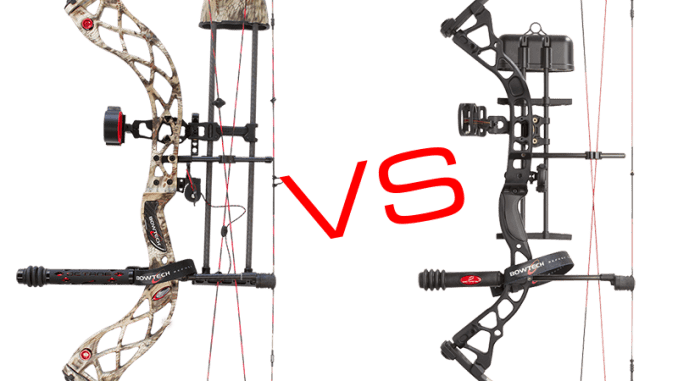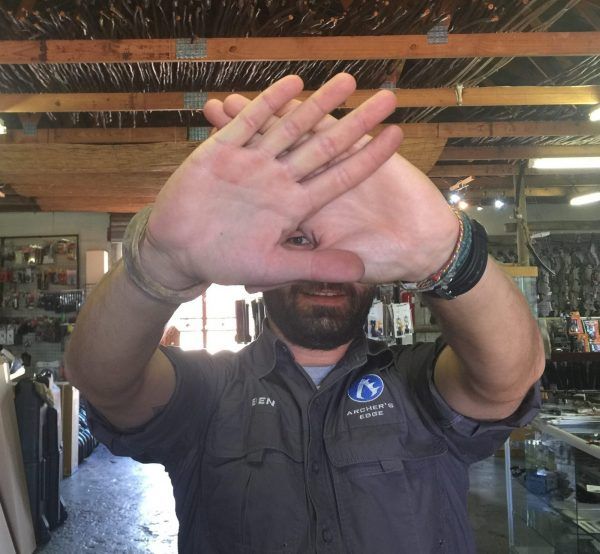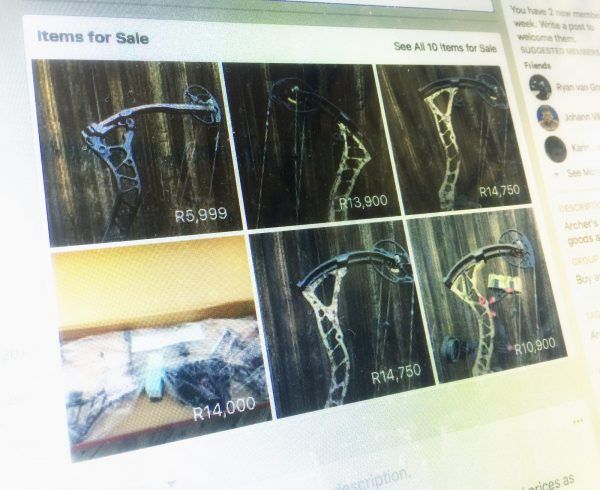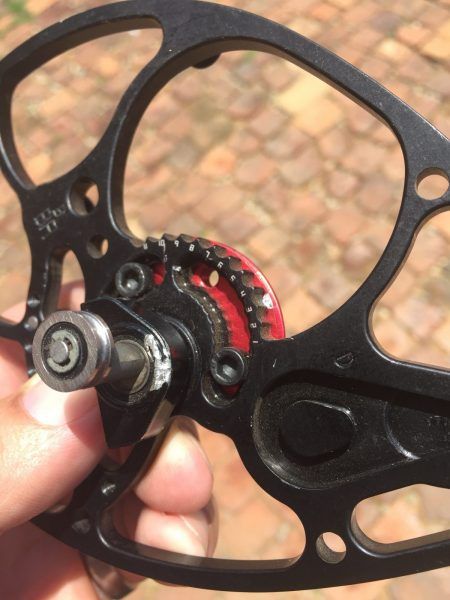
So you got it into your head that you want to become a bow hunter? Awesome! Welcome to the addiction!
First things first, you are going to need a bow.
It is highly unlikely that you will be able to borrow a bow for a day or two and be successful. Every bow needs to be set up to work with the archer. Unlike a gun, a bow can’t simply be zero’d and should work fine for anyone looking through the scope, the way you grip a bow, the length of your arms, the distance of your eye from your nose from your jaw bone all makes a difference. Even if two people has the exact same draw measurements, they will most probably shoot the same bow in different places on a target.
So I will be working from the assumption that you will be buying your own bow.
First you need to figure out what is your draw length. We tend to use your wingspan (fingertip to fingertip) as the measurement from which we derive the starting point for your draw length. Simply do this:
- Stand against a wall with your arms outstretch
- Let somebody mark the tips of your fingers on both sides on the wall
- Measure the distance between the two point and convert to inches (there is 2,54cm in 1 inch)
- Now take that value and divide by 2.5 that will give you a starting point to select a draw length
Example: My wingspan is 184cm. Divide by 2,54 to get inches gives me 72.44″ – now divide by 2.5 = 28,97″ so
approximately a 29 inch draw. That is your starting point for choosing a draw length on a bow.
 Second, establish your eye dominance. There are two thoughts about this, one is that you shoot according to your eye dominance, and one is that you shoot according to your hand dominance. Personally, i think either way is fine, but you might make an aiming mistake on a non-dominant eye under the pressure of a hunt, easier than the ease of shooting on a dominant hand. Thus, I prefer letting archers shoot on their dominant eye.
Second, establish your eye dominance. There are two thoughts about this, one is that you shoot according to your eye dominance, and one is that you shoot according to your hand dominance. Personally, i think either way is fine, but you might make an aiming mistake on a non-dominant eye under the pressure of a hunt, easier than the ease of shooting on a dominant hand. Thus, I prefer letting archers shoot on their dominant eye.
There are a few ways, but the one I prefer is the triangles.
- Place your hands in front of you,
- Extend your arms and make a small triangle with your thumbs and forefingers
- Look through the triangle at an object about 20-30 meters away WITH BOTH EYES.
- Now quickly bring your hands back right up to your face while keeping the object you are looking at, always in view and in focus
- You hands will end up in front of either your left or your right eye – that is your dominant eye.
If your dominant eye is your right eye, you require a right handed bow.
 Thirdly, get a usable draw weight. There is a bit of opinion and controversy about this one, but there two things to consider.
Thirdly, get a usable draw weight. There is a bit of opinion and controversy about this one, but there two things to consider.
- If your bow is too strong, you stand a good chance of getting hurt, and learning proper technique will be extremely difficult
- If your bow is too weak, penetration on the animal may be compromised, and the slower flight of the arrow gives more opportunity for the animal to string jump and move the vitals out of the way of the oncoming arrow.
The ideal is a bow, especially in the beginning, that is very adjustable in draw length as well as poundage. That way you can learn good form on low poundage, and as your skill improves, you can push the poundage up until you reach a good weight balance between maximum power and kinetic energy vs what you can easily draw and hold accurately.
Most bow manufacturers make a “starter bow”, and contrary to popular belief, these bows are actually extremely capable.
 Look at bows like the Diamond Archery Edge SB1 or Infinite Edge Pro, the Bowtech Fuel or the Mathews inc Mission Craze2 or Hype DT. All of these bows are adjustable on draw length and draw weight, and all of them are above 300fps IBO speed. Some of them also come out RAK kitted (In other words, they have a sight, rest and quiver as part of the package)
Look at bows like the Diamond Archery Edge SB1 or Infinite Edge Pro, the Bowtech Fuel or the Mathews inc Mission Craze2 or Hype DT. All of these bows are adjustable on draw length and draw weight, and all of them are above 300fps IBO speed. Some of them also come out RAK kitted (In other words, they have a sight, rest and quiver as part of the package)
That doesn’t mean you “have” to get a very adjustable bow, it’s just a good starting point. You can, right from the beginning, go for a dedicated hunting bow. In this case, I would suggest you go to one of the dedicated archery shops and let them help you select a bow that will fit you. This really is the one time that you need to pick the right piece of equipment from the get go.
What about Second Hand bows?
 Should you buy a bow from a secondhand site? Yes, you can, but there are a few things to watch out for. Really check the bow out for any signs of damage to the limbs or cams that might indicate a big knock or dryfire. You might buy a bargain, but end up paying double for spares to repair a bow.
Should you buy a bow from a secondhand site? Yes, you can, but there are a few things to watch out for. Really check the bow out for any signs of damage to the limbs or cams that might indicate a big knock or dryfire. You might buy a bargain, but end up paying double for spares to repair a bow.

Ask somebody that knows bows and archery to help you check out the bow thoroughly before you hand over cash.
The second consideration is that buying secondhand, might, be a good deal, but can very well be exactly the wrong bow for you. Research the costs of upgrades and repairs. If its a bow that is not adjustable in draw length (for instance) then check if the modules to change the draw length is available and secondly what they cost. The same with limbs to change draw weight.
Honestly, buying from a reputable shop is probably worth your your while. The extra support from technicians and instructors, as well as advice and links to other archers and game farms is invaluable in the beginning.
